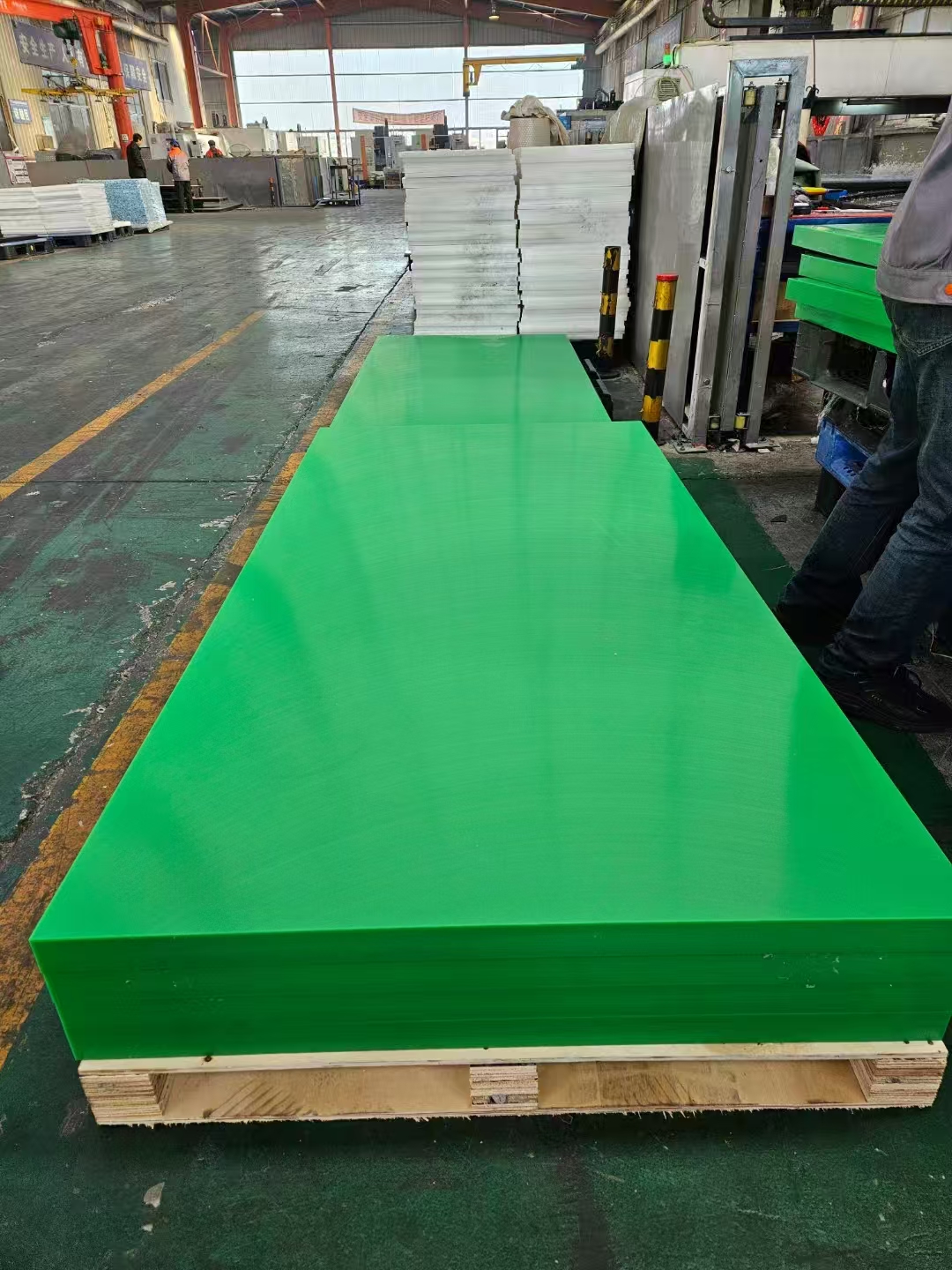PE vs PP Sheets: What’s the Real Difference?
If you're working with plastic materials, you’ve probably come across PE (Polyethylene) and PP (Polypropylene) sheets. On the surface, they might look pretty similar—both are lightweight, durable, and resistant to chemicals. But dig a little deeper, and you’ll find they each have their own strengths depending on how you plan to use them.
So what’s the real difference between PE and PP sheets? Let’s break it down in simple terms.
1. Flexibility & Toughness
PE sheets are known for their flexibility. Think of that soft, bendy cutting board in your kitchen—there’s a good chance that’s made from polyethylene. It bends easily without breaking and handles impact like a champ.
PP sheets, on the other hand, are a bit stiffer. They still have good impact resistance, but they’re tougher and more rigid. That makes PP a great option for things like storage boxes, automotive parts, or anything that needs to hold its shape under pressure.
2. Heat Resistance
Here’s where PP has a clear edge. Polypropylene can handle higher temperatures—usually up to around 100°C (212°F) without warping. PE starts to soften at lower temps, especially low-density versions.
So, if your project involves heat—like hot liquids, sterilization, or outdoor sun exposure—PP is the safer bet.
3. Chemical Resistance
Both PE and PP have excellent chemical resistance, which is why they’re so widely used in lab equipment, containers, and packaging. But PP is slightly better when it comes to resisting organic solvents and acids.
Still, for most everyday chemical exposure, PE will do the job just fine.
4. Cost & Availability
Generally speaking, PE sheets tend to be more affordable than PP. They're widely available, especially in large formats, and are commonly used in industries like packaging, construction, and agriculture.
If you’re watching your budget and don’t need the added heat resistance or stiffness, PE might be your go-to.
5. Applications at a Glance
- PE Sheet: Water tanks, liners, protective films, playground equipment, packaging.
- PP Sheet: Medical trays, automotive parts, industrial components, microwave-safe containers.
So… Which One Should You Choose?
It really depends on your application. If you need something flexible, affordable, and great at absorbing impact, go with PE. But if you’re after higher heat resistance and stiffness, PP is probably the better choice.
Either way, both materials offer excellent performance—and we’re here to help you choose the right one for your needs.
Looking for quality PE or PP sheets?
We offer both, in various sizes and thicknesses, ready for fast delivery. Reach out to us and let’s find the perfect fit for your project.


